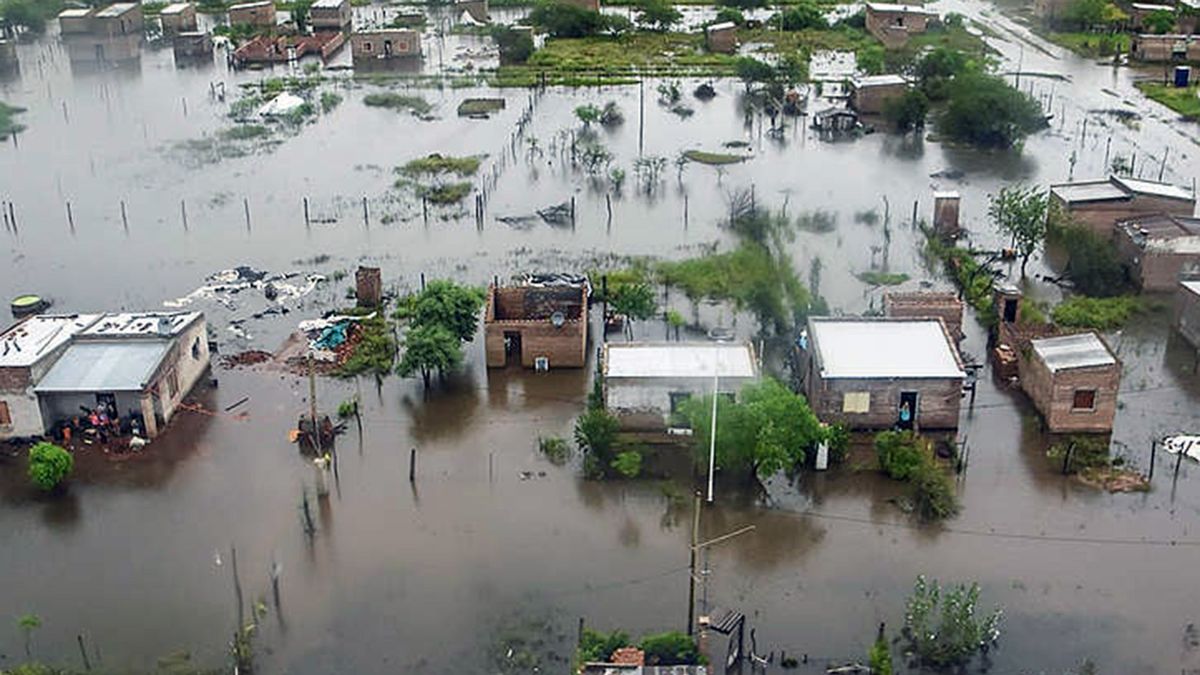- Betelgeuse confuses astronomers again, as it now shines 50% brighter than usual.
- This dying red giant had recently mysteriously dimmed after a massive explosion.
- It is expected to explode into a supernova visible from Earth, although not likely for thousands of years.
Betelgeuse, one of the most visible stars in Earth’s sky, is behaving very strangely.
The red giant – a star not far from dying – is now shining 50% brighter The scientists said.
This comes just a few years after it mysteriously eased off in 2019, sparking speculation about whether it was ready to crash and explode.
Scientists later discovered that Betelgeuse had not yet collapsed. But it was subjected to a massive explosion, which affected its brightness.
Recently, astronomers observed Betelgeuse returning to its brightest state about twice as fast as usual, in about 200 days, per the study. published On the arXiv pre-print server on May 18.
It’s not uncommon for Betelgeuse to become dimmer and brighter – but this happens after a 400-day cycle. Experts said this cycle shortening is likely related to the Great Dimming of 2019.
Your friendly giant dying star
Scientists are keeping a close eye on Betelgeuse, as this red giant is a dying star about to go supernova. However, due to the huge time scales in the lives of stars, this last step can take thousands of years.
Betelgeuse (pronounced like Tim Burton’s character Beetlejuice) is a relatively young star in Earth’s backyard, located in the Milky Way about 640 light-years away.
It is about 10 million years old, much younger than our Sun, which existed about 5 billion years ago. But this star is so big, about 700 times the size of the Sun, that it’s already starting to die.
“One of the coolest things about Betelgeuse is that we’re watching the final stages of the evolution of massive stars take place in near real time for us, which we’ve never been able to study in this depth before,” said Sarah Webb, an astrophysicist at Swinburne University of Technology in Australia, In an interview with The Guardian newspaper.
The explosion is still felt
The strange behavior of Betelgeuse is likely related to the Great Dimming of 2019 and 2020.
Scientists started sounding alarm bells when they discovered that Betelgeuse lost its brightness in no time at all in 2019. When massive stars suddenly lose their brightness, it can be a warning sign that they are ready to explode.
But subsequent analysis suggested something else – an explosion. Betelgeuse released a massive amount of its plasma into space during the explosion, as seen in an artist’s impression here:
The explosion was so massive that it created a thick cloud of cosmic dust that stood between Earth and Betelgeuse, obscuring the star.
told Andrea Dupree, an astrophysicist at the Harvard-Smithsonian Astrophysics Center who tracks the star. Scientific American The strange behavior of the star is most likely the result of this massive explosion.
“Just imagine if you took a big piece of material,” he said, “and then everything else would flow, and it would roll.”
Betelgeuse could explode in a supernova visible from Earth – one day
When it finally explodes, Betelgeuse is far enough away that it won’t be dangerous to our planet, but close enough to be a great show for anyone watching.
On the day, the scene will be crucial. The eruption will be so bright that it could be visible during the day for about a week, The Guardian reported. Insider previously reported that the last time such a supernova exploded in our galaxy was in the 17th century.
That is, if humans are still around to see it. Experts are quick to explain that this is unlikely to happen for at least another 10,000 years.
However, stars are very unpredictable, so the presence of a supernova in our lifetime is not entirely impossible.
Watch now: Popular Insider Inc. Videos.
download…

“Web maven. Infuriatingly humble beer geek. Bacon fanatic. Typical creator. Music expert.”


/cdn.vox-cdn.com/uploads/chorus_asset/file/21869417/akrales_200904_4160_0216.0.jpg)


More Stories
Comet Pons-Brooks: How and when to see it
A massive black hole has been spotted less than 2,000 light-years from Earth
An enormous ancient marine reptile has been identified through an amateur fossil discovery